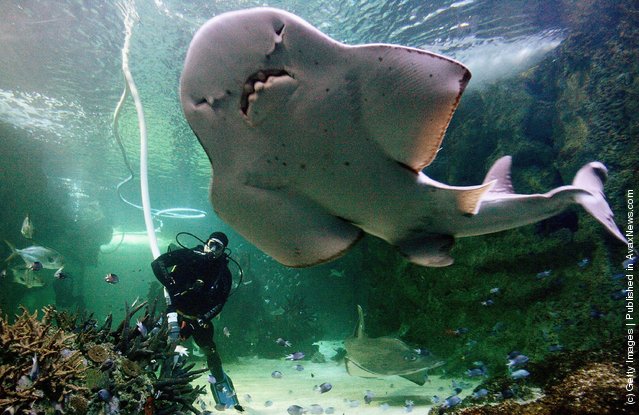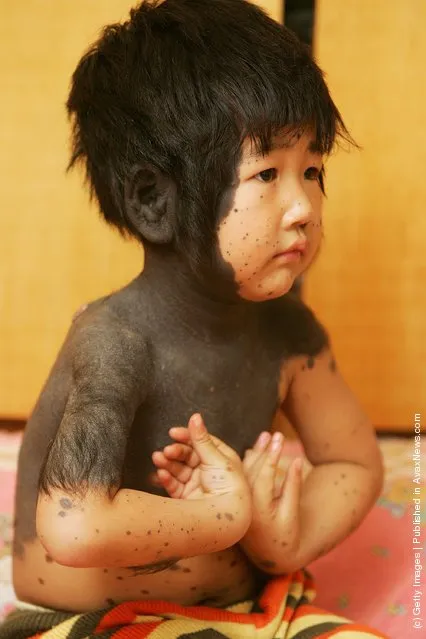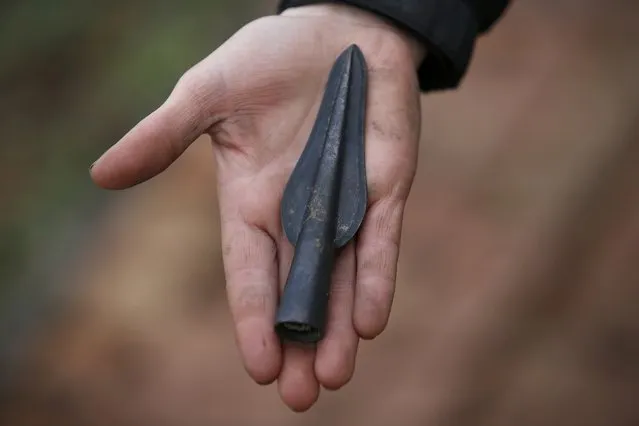
Maya, 8, and Kishore, 13, pose for a wedding photo inside their new home, the day after the Hindu holy day of Akshaya Tritiya, called Akha Teej in North India. Despite legislation forbidding child marriage in India (Child Marriage Restraint Act-1929) and the much more progressive Prohibition of Child Marriage Act (2006) and many initiatives to prevent child marriage, marrying children off at a very tender age continues to be accepted by large sections of society. (Photo by Stephanie Sinclair/VII Photo Agency)
10 Apr 2014 07:42:00,post received
0 comments







